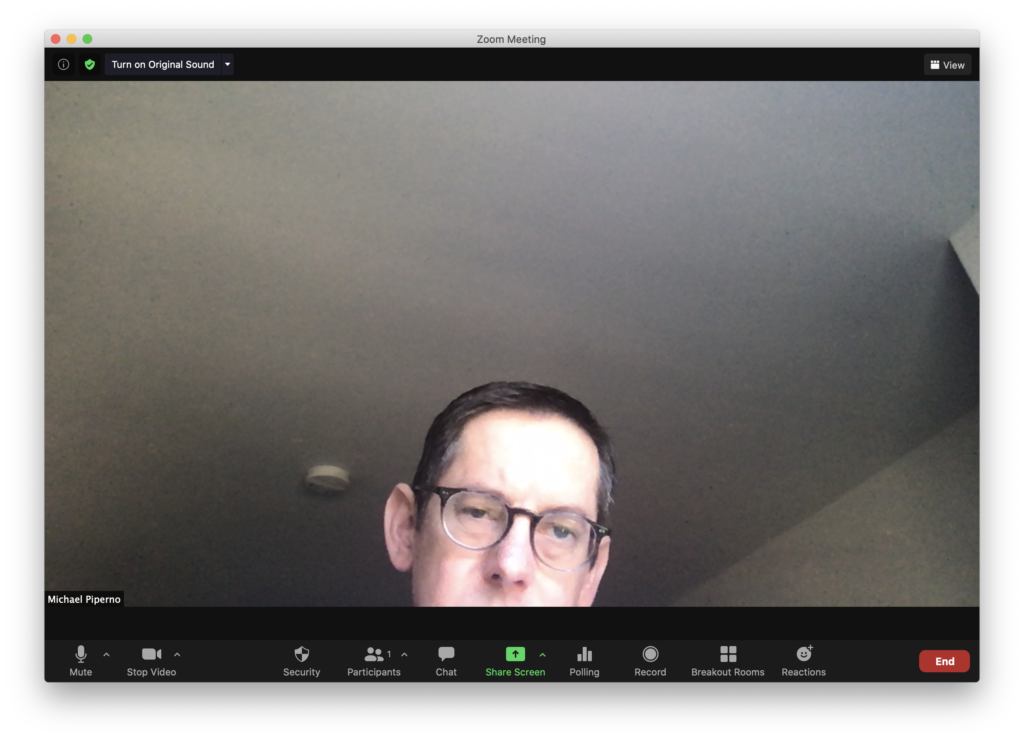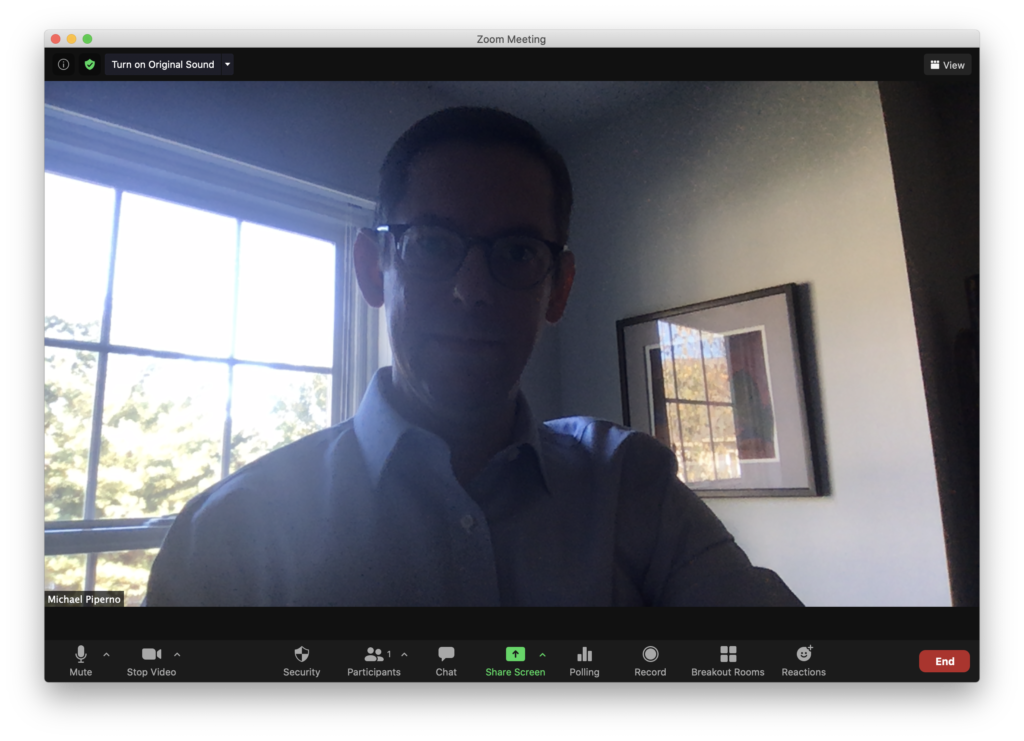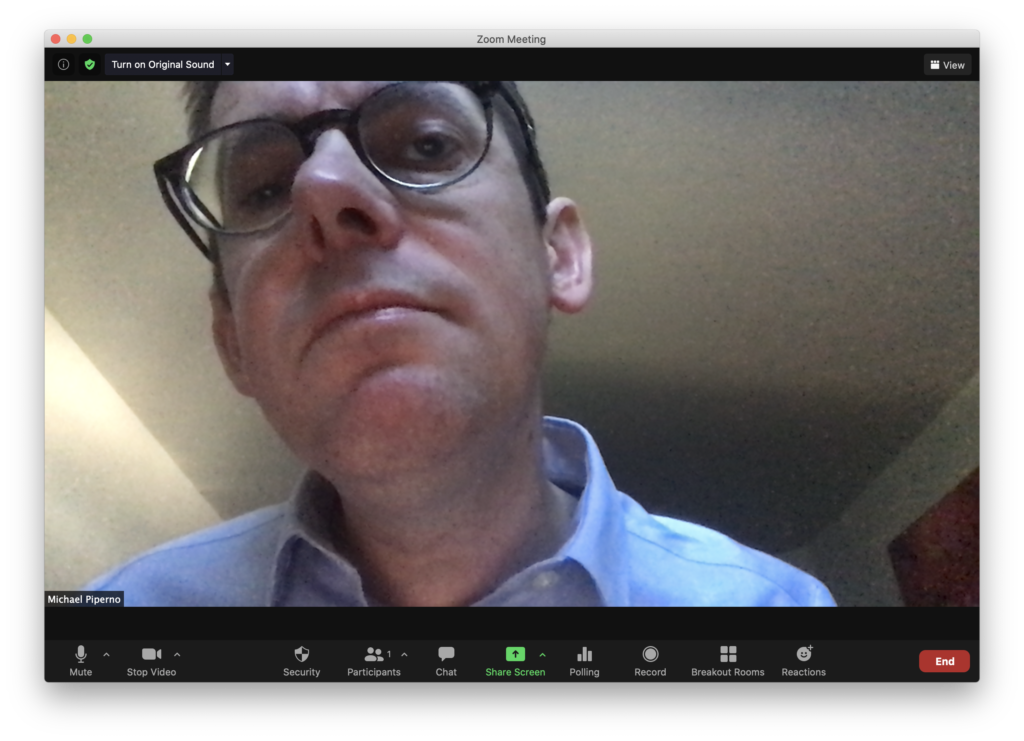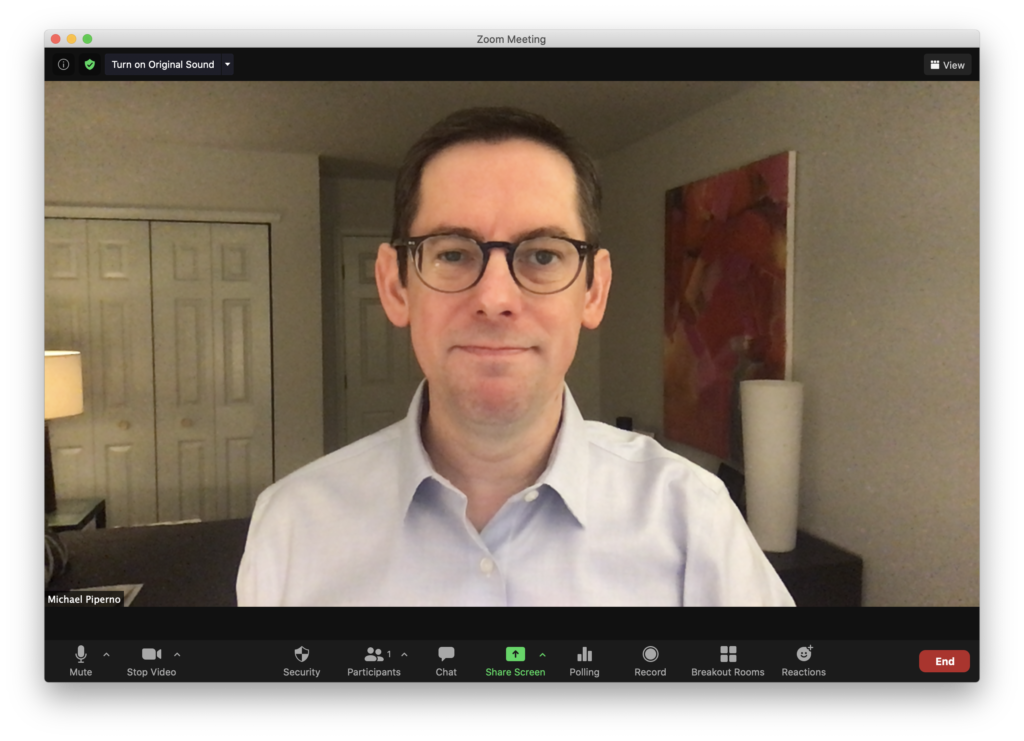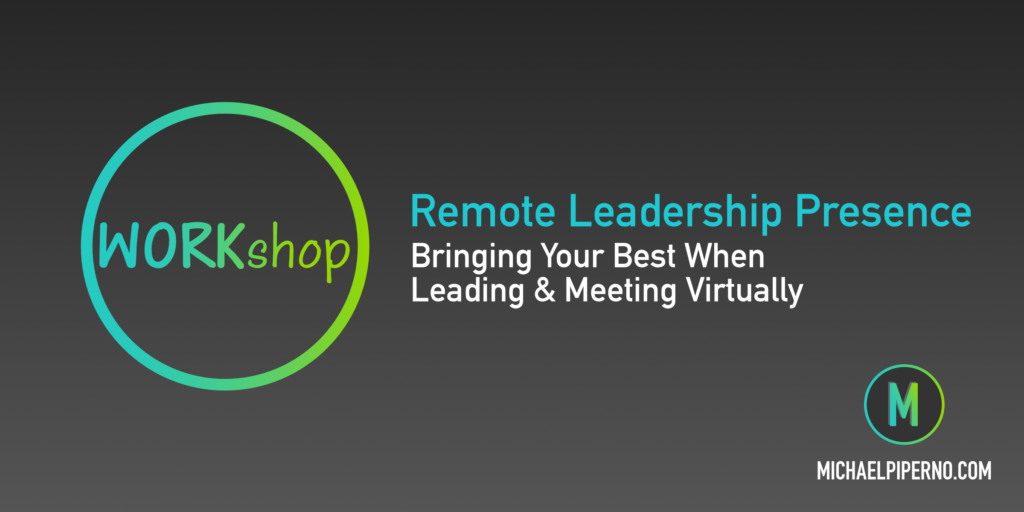Investing In Others
I received a nice compliment yesterday. A client said, “You really invest yourself in other people. You’re always fully there; truly wanting to know about me and also hearing what I have to say. Thanks for that.”
What a kind thing to say. I’ll admit that I am a guy who really wants to help others unleash the power of their strengths. I see the good in people, almost to a fault. And I know the power of good communication — especially listening.
The truth is that the investment I make in my clients is done with the goal of helping them invest more in themselves. Often the work I do as a coach is about reflecting back what I see (and hear) in my clients.
But his compliment got me thinking about how little we really invest in each other when it comes to doing the hard work of making others feel seen and heard in the workplace. Even at home, for that matter. My work is about giving people a safe space to express themselves and explore their strengths, blind spots, and challenges so they can improve their own performance as leaders and professionals, as well as their relationships both personally and professionally. Yet there are times that I fail to do so when I’m “off the clock” and spending time with my family. I’m going to change that.
I encourage you to invest in yourself. Always. Let’s also make sure to invest in those around us who matter most by giving them the attention and support they need to reach their potential. Everyone wants to be seen. Everyone wants to be heard. We simply need to take the time to make that happen.
Investing In Others Read More »






